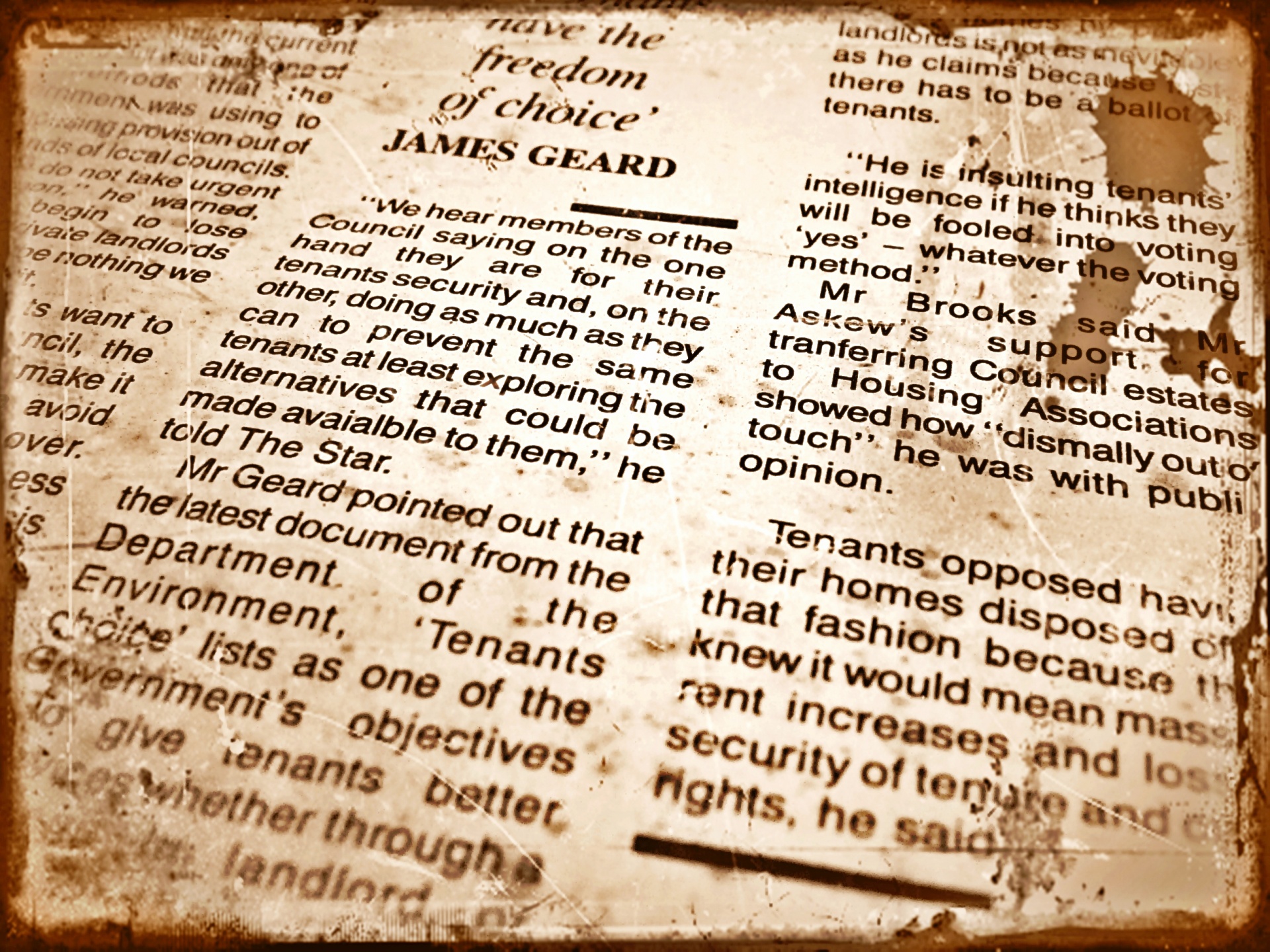
Sometimes watching my father is like looking into a portrait of old and new. This is particularly true of his consumption of news media.
Every morning is the same routine for the seventy-one-year-old man. He will make himself a cup of tea, whip up some sausage and eggs for breakfast, then sit in his red armchair to watch the news. However, he is not just watching the news on television. Instead, he is watching the news on television and reading the newspaper at the same time.
Not only that, but after he has finished the paper—and his breakfast—he will place himself in front of the desktop computer to read additional news articles on the internet.
Just recently I asked him why he engages in this routine every morning. He gave an interesting perspective on his news consumption, saying that he will watch television and read articles online for up-to-date news, but the newspaper reads more like “history” and he reads it for information on things that happened a few days ago.
He also described how he will watch the same story on different news channels to get different opinions which helps him become more reflective and able to form his own opinions. He recalls a time when Walter Cronkite would report the news as it was without media bias and says that consuming multiple sources from multiple outlets helps him filter out what is false.
In my recollection of learning of my father’s habits I realized that I was looking at a man who was engaging in slow media while taking advantage of the new technologies available today in order to get up to date information and form new perspectives.
What is Slow Media?
First of all, what is “slow media”? In a chapter from his book “Digital Minimalism” Cal Newport describes slow media as media that cannot be consumed casually and require full concentration. He notes the use of higher quality and production when putting together content. Therefore, sources like credited newspapers, journals and could be considered “slow media.” He brings forth the “The Slow Media Manifesto” which argues that “in an age in while the digital attention economy is shoveling more and more clickbait toward us and fragmenting our focus into emotionally charged shards, the right response is to be me more mindful in our media consumption.” (Newport 2019)
What is Fast Media?
Now that we understand slow media, we can look at the converse version, fast media. “Fast media” would refer to media that comes across casually on social media with unreputable sources and meant to be consumed as “clickbait.”
Currently we are experiencing a global pandemic. Many people are scouring the internet to find the newest information. While this information can be an important way to broadcast safety measures, the amount of unverified information being consumed is causing widespread panic. (Ali and Kurasawa 2020)
Not to mention, social media uses pandering techniques to only display content that aligns with our individual viewpoints without displaying disagreeing or even unbiased commentary.
Therefore, using fast media as one’s only source of information can be toxic and spread one narrative.
What about Online Newspapers?

Many people have found a new alternative (and possibly “greener”) solution to getting paper copies of the newspapers, by resorting to online newspapers. Which in plain sight, seems to be just a replica of the original print copy.
However, one may argue that this may actually be a blurred line into fast media.
In a book titled Qualitative Discourse Analysis in the Social Sciences, section author, Gerlinde Mautner says that in simple cases one can contain a PDF of an exact replica of the newspaper, however other cases may not be the same.
“In other, more complicated cases, such as online newspapers, the transfer of content from print to Web involves substantial recontextualization (essentially new intertextual relationships with surrounding materials, dynamization (through clickable hypertext links), and upgraded interactivity, for instance through email links and discussion fora.”
Mautner 2009
Again, this seems to cause unnecessary distraction and an inability to think deeply about the content.
Why Embrace Slow Media?
The more I read into this, the more I think- maybe my dad has been onto something all along. He was reluctant to say that newspapers provide more accurate information than other news outlets, saying that all newspapers are biased with their own opinions and agendas. However, he stated that reading the same story from different news sources (i.e. The News Times for a liberal standpoint and The Wall Street Journal for a more conservative standpoint) provides a full picture of the story.
Perhaps embracing slow media with more time to collect information, gain reputable sources, and edit time will help us gain a full picture. We must however make sure to commit to multiple sources for differing opinions.
References
Ali, S. H., & Kurasawa, F. (2020, March 22). #COVID19: Social media both a blessing and a curse during coronavirus pandemic. Retrieved May 29, 2020, from https://theconversation.com/covid19-social-media-both-a-blessing-and-a-curse-during-coronavirus-pandemic-133596
Mautner, G. (2009). Laying the foundations: What are print media? In R. Wodak & M. Krzyçzanowski (Eds.), Qualitative discourse analysis in the social sciences (pp. 30-32). New York, NY: Palgrave Macmillan.
Newport, C. (2019). Join the Attention Resistance. In Digital Minimalism: Choosing A Focused Life in a Noisy World (pp. 213-247). NY: Penguin Books.
